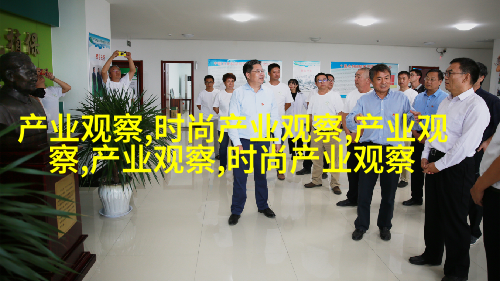Fast Fashion's Future: Sustainable Trends Taking Center Stage

Rethinking the Production Process
The fashion industry has been criticized for its environmental impact, particularly in terms of waste and pollution generated during production processes. In response to these concerns, many designers are now exploring more sustainable ways of creating garments. This includes using eco-friendly materials such as organic cotton, recycled polyester, and Tencel, which have lower carbon footprints than traditional fabrics like nylon or polyester.

Upcycling and Repurposing
Another trend gaining popularity is upcycling – the process of transforming old or discarded items into new ones with a higher value or quality than their original counterparts. Designers are finding creative ways to repurpose old clothes by turning them into accessories like bags, belts, or even jewelry pieces. This not only reduces waste but also promotes a culture of reuse and recycling within the fashion industry.

Circular Business Models
Some companies are adopting circular business models that focus on reducing waste by designing products that can be easily repaired or replaced rather than thrown away when they become worn out. For example, Patagonia offers a program called Worn Wear where customers can repair their clothing items instead of buying new ones; this approach helps extend the lifespan of garments while minimizing environmental impacts associated with frequent purchases.

Sustainable Materials Innovation
Innovative materials made from natural sources such as plant-based fibers (e.g., hemp) and animal-derived textiles (e.g., silk) are gaining traction in the market due to their biodegradable properties and reduced reliance on synthetic materials derived from non-renewable resources like petroleum oil.

Digital Solutions for Sustainable Fashion
Technology plays an essential role in promoting sustainability within the fashion sector through digital solutions such as virtual try-on features that reduce physical sampling needs; 3D printing techniques allowing for minimal fabric use; e-commerce platforms offering second-hand shopping options to encourage consumers' engagement in reusing existing products before opting for new ones; and social media campaigns raising awareness about sustainable fashion practices among consumers worldwide.
By embracing these trends towards sustainability in design processes across all stages—production methods used to create raw materials down to end-of-life management strategies—the future outlook seems promising for fast-fashion brands looking forward to staying competitive while minimizing negative impacts on our planet's ecosystems over time




